China Caixin PMI manufacturing dropped -0.2 to 50.6 in August, missed expectation of 50.7. In the release, it’s noted that “output expands at faster pace… but new order growth weakens and employment continues to decline”. Also, confidence towards the 12-month business outlook remains lacklustre”.

Commenting on the China General Manufacturing PMI™ data, Dr. Zhengsheng Zhong, Director of Macroeconomic Analysis at CEBM Group said:
“The Caixin China General Manufacturing PMI slipped to 50.6 in August from July, marking the third straight monthly drop and its lowest level since June 2017.
“The subindexes for new orders and output both remained in expansionary territory, with the former falling and the latter climbing up. This showed cooling demand and strong supply existed at the same time across the manufacturing sector.
“The employment subindex, remaining in contractionary territory, dipped to its lowest level since July 2017. The subindex for new export orders inched up despite remaining in contractionary territory, implying a still-grim export situation.
“Output charges and input costs both expanded at faster rates in August, indicating upward pressure on prices of industrial products. The subindex for future output, which reflects manufacturers’ outlook of production over the next 12 months, remained in positive territory and continued to edge up.
“Stocks of finished items contracted at a steeper rate, while stocks of purchased items expanded further. The subindex for suppliers’ delivery times rose, even though it failed to make it into positive territory, which implied a slightly improved capital turnover among goods producers.
“Generally speaking, the manufacturing sector continued to weaken amid soft demand, even though the supply side was still stable. Prices of industrial products were underpinned by a proactive fiscal policy, and environmental protection policies that had limited some factory production. I don’t think that stable supply can be sustained amid weak demand. In addition, the worsening employment situation is likely to have an impact on consumption growth. China’s economy is now facing relatively obvious downward pressure.”
Full release here.




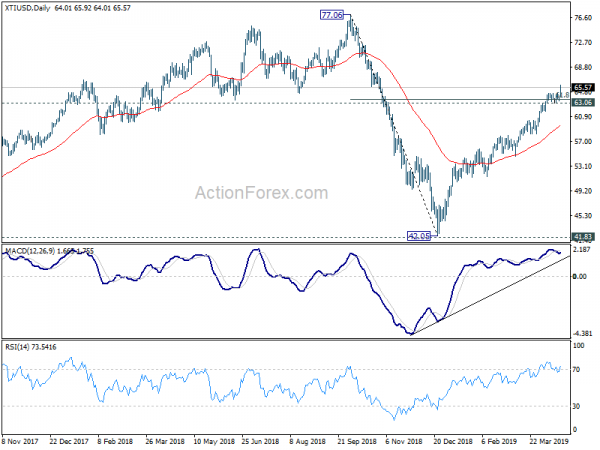
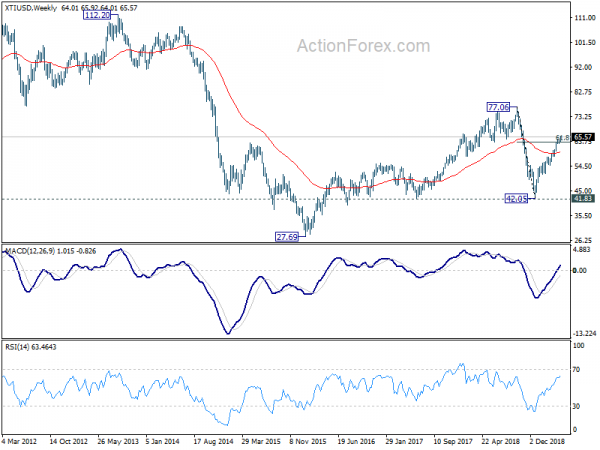
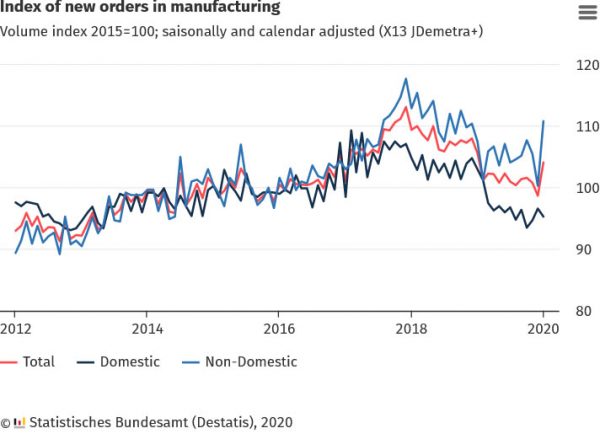
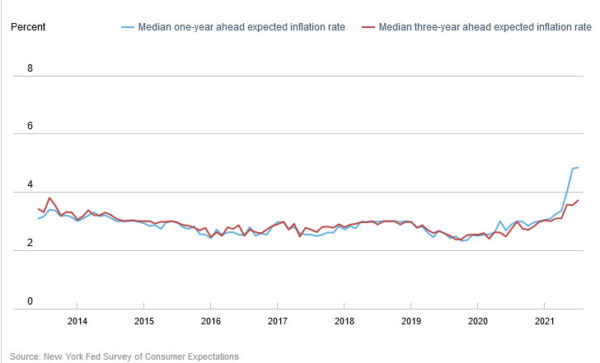
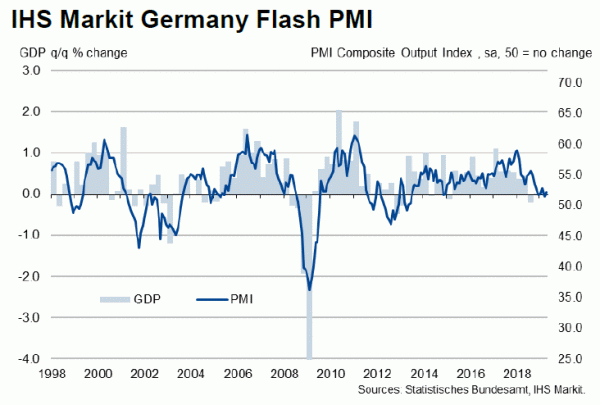
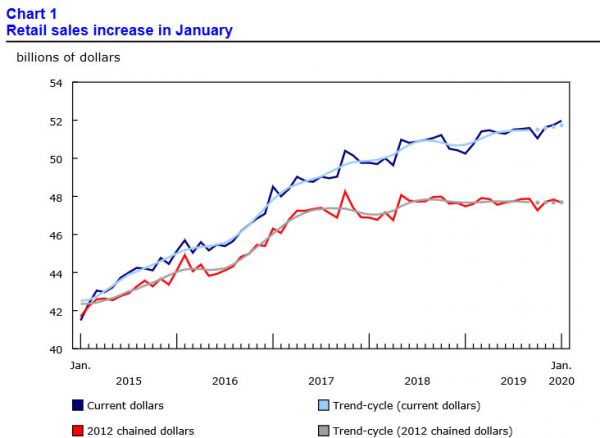
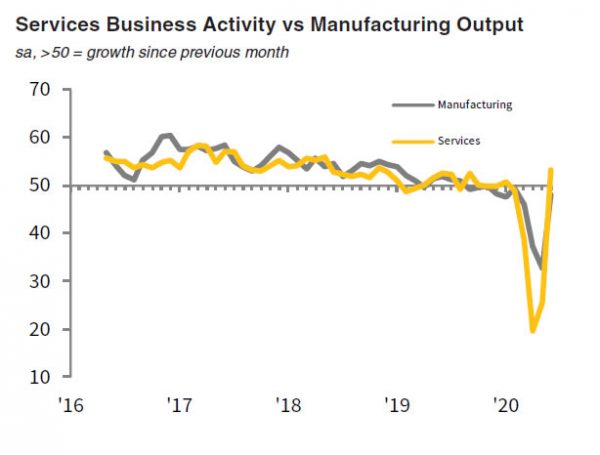
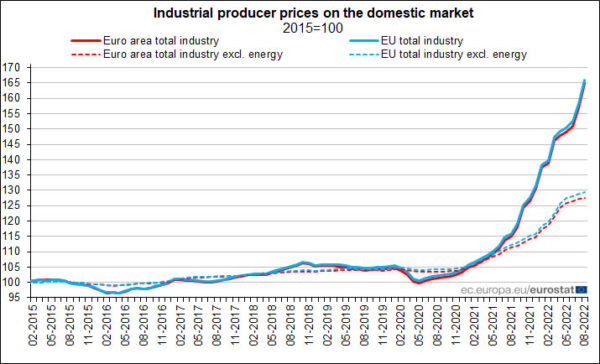
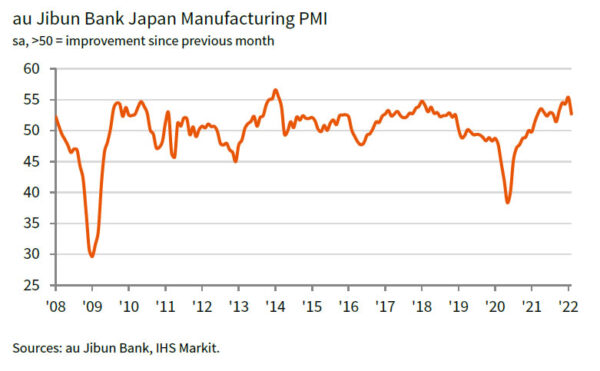

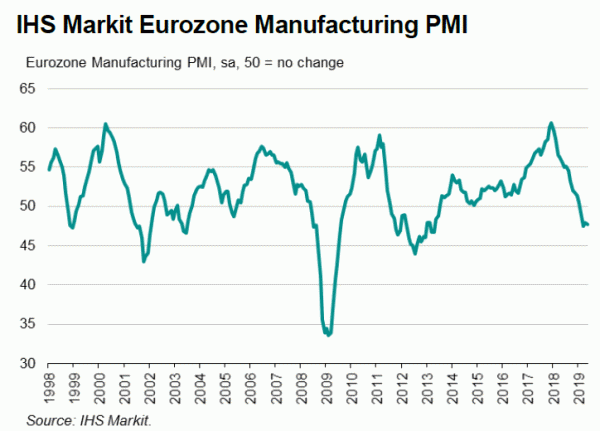
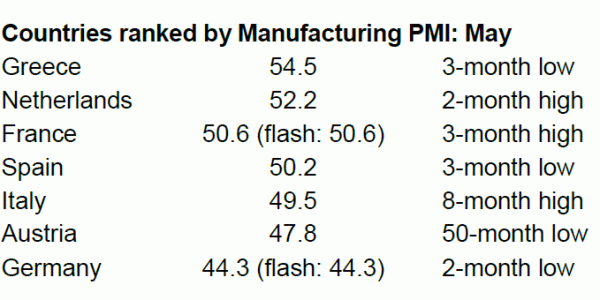
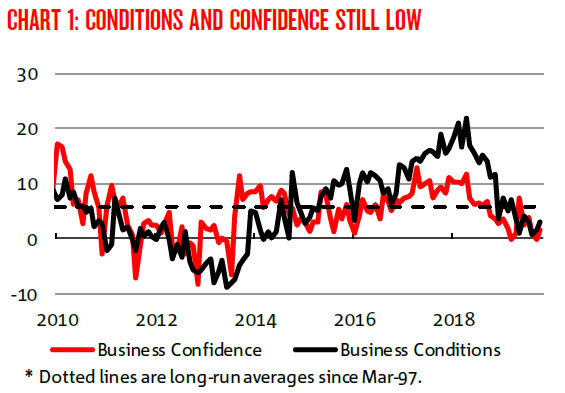

Dollar dives after ISM non-manufacturing dropped sharply to 52.6
Dollar dives notably after poor services data from US. ISM Non-Manufacturing PMI dropped to 52.6 in September, down from 56.4, and missed expectation of 55.1. Looking at some details, Production dropped -6.3 to 55.2. New Orders dropped -6.6 to 53.7. Employment dropped -2.7 to 50.3. Prices, on the other hand, rose 1.8 to 60.0.
ISM said : “According to the NMI, 13 non-manufacturing industries reported growth. The non-manufacturing sector pulled back after reflecting strong growth in August. The respondents are mostly concerned about tariffs, labor resources and the direction of the economy.”
Full release here.